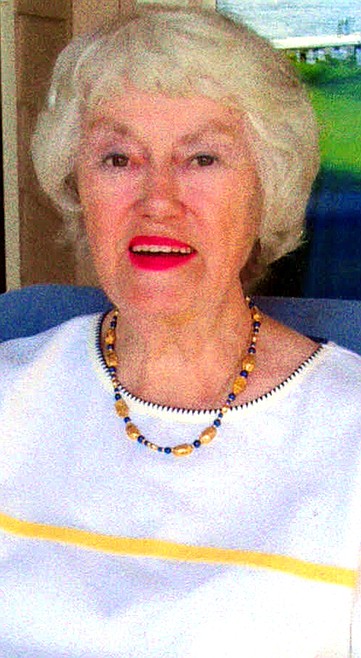New landscaping project? Plan for the future
How many times have you brought home a spindly little, two-foot sapling that is a half-inch in diameter, and planted it in a nice out-of-the-way spot — maybe next to a fence — and then forgotten about it?
From time to time, perhaps you would notice it but all of a sudden three years have passed and it's rammed against the fence with every indication of continuing its growth with nowhere for it to go. It happens all of the time — with shrubs, too — and there's really no excuse at all for it.
All one has to do is look at a full-grown specimen of whatever has been chosen, be it a Japanese maple, a hydrangea, a weeping cherry tree, or a rhododendron. Compare the mature plan with your little "baby" and map out the plant's growing area, first on paper and then on your landscape. While you're at it, plan an entire little garden vignette that will grow along with your featured plant.
The biggest challenge in garden design is knowing how the plants will change over time. Not only do you have to consider how wide and tall each plant will become, but how fast it grows and even how long it will live. This research takes time, but may save grief in the long run.
In the beginning, if you've decided on a tree, for instance, select a plant grouping to feature it. Say you've decided on a red hawthorn. They're hardy here and the bright pink to red flowers make for a gorgeous show in only a couple of years. You're putting it in a corner of the yard and have decided to plant hostas as a backup. This is an ideal choice since they covet shade but tolerate sun and are a perennial that dislikes being moved. Since they come in a variety of leaf patterns and colors, select alternating leaf designs, perhaps, with an eye to the color of the blooms, which range from white to pink and lavender. Though they may not flower at the same time as the tree, it still makes for eye appeal, and the leaves stay green and pretty far into fall.
The first image in the illustration gives an idea of what the first year or two will look like. Obviously, it is a little bare. This is where you make your first decision. Groundcover to fill in the area — a perennial like vinca minor, perhaps — or maybe pea gravel, slate or bark chips on which you'll place container plants until such time as the perennial fills out. Or, you may decide to plant annuals for a couple of years, giving you a variety of colors and designs to provide seasonal change.
Still another option is transplantable perennials. Since many perennials don't like to be moved once planted; choose easy-going species such as coral bells, low-growing campanula, yarrow or fairly short-lived selections — or delphiniums, lupines, etc. Bulbs may be a consideration, too, since they're easy to take up and move after two or three years of bloom.
You may decide to fill the large empty space behind the tree with a large plant which can be moved later. Consider a daylily — a white or pink variety would be best probably, and in a few years when the tree is beginning to crowd it out, it's easy to divide and move to several other sites.
The choices are wide, and you can have fun with them until the main plants come into their own. Then, you can simply sit back and enjoy what has become a major landscape feature.
It's easy to expand on your original design, too. As your feature grows, so can your plan. Maybe it's time for a seat near the tree or shrub. You need only lay a few slabs of slate or shale for a bench support and dig out an area behind and next to it. Maybe you'll plant two or three roses behind it, and a focal point direction beside it to balance the original feature. If the original focus is a tree, plant a large ornamental shrub, turn this time to a tree: an ornamental plum, a blue spruce, or maybe a clump of two or three aspens.
An ongoing garden is a lazy gardener's dream. You can spend years enjoying the first part, and with minimal work, expand for more years of carefree satisfaction. A little water, a little weeding, some fertilizer in the spring and maybe some mulch in the fall. And when your neighbors praise your talent and industry, you can smile quietly to yourself, kick back and let the garden take care of itself — all because you planned far ahead.
Editor's note: For many years, Valle Novak wrote gardening and cooking columns for the Daily Bee. "Weekend Gardener" and "Country Chef" became renowned for their humor, information, and common-sense advice on how to do everything from planting to cooking. She left behind many columns to delight her many fans. This is one such column, originally published on March 25, 2001.





